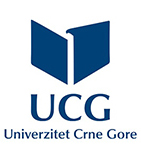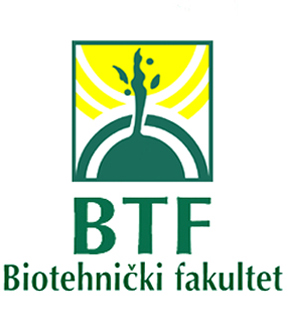| Year : |
2016 |
| Volume : |
62 |
| Issue : |
4 (15.12.2016) |
| |
|
| Authors : |
Mile MARKOSKI, Tatjana MITKOVA, Vjekoslav TANASKOVIK, Velibor SPALEVIC and Zeljka ZGORELEC |
| Title : |
THE INFLUENCE OF THE PARENT MATERIAL ON THE TEXTURE AND WATER RETENTION CURVES IN THE SOIL FORMED UPON LIMESTONES AND DOLOMITES |
| Abstract : |
The paper present results from the research of the influence of the parent material on the soil texture and water retention curves of Rendzic Leptosols. Chromic Luvisol on hard limestones and Ferric Luvisol on hard limestones - Terra Rossa. The contents of the fine soil separates in the Rendzic Leptosols vary depending on the subtype. The physical sand fraction (coarse sand + fine sand) in the Amo horizon amounts 44.81% at the Rendzic Leptosols, haplic 40.13% at the Rendzic Leptosols-organogenic and Rendzic Leptosols, chromic luvic 36.52%. In the (B)rz horizon at the Rendzic Leptosols, chromic luvic amounts 32.64%. The contents (clay + silt) or physical clay in the Amo horizon amounts 55.19% at the Rendzic Leptosols, haplic 59.87% at the Rendzic Leptosols, organogenic and the highest content is at the Rendzic Leptosols, chromic luvic 63.48%. The average value of this fraction in the horizon (B)rz at the Rendzic Leptosols, chromic luvic amounts 67.36%. In the Chromic Luvisol on hard limestones the average content of the fraction physical sand in the Amo horizon amounts 33.43%, and in the cambic horizon (B)rz 22.50%. At the Terra Rossa the fraction physical clay is represented with a greater percentage related to the physical sand fraction. In the Amo horizon in the physical clay fraction the clay fraction is predominant, average 43.08% and 52.13% in the cambic horizon, i.e. 24.90% in Amo and 19.37% for the silt fraction. There is the highest retention capacity, with the average of 41.48% in the humus-accumulative horizon Amo in the Rendzic Leptosols subtype organogenic. The remaining subtypes of Rendzic Leptosols have lower retention capacity in this horizon. As with retention capacity of 0.33 required in other points of tension (6.25 and 15 bar) shows the same condition (mean value have Rendzic Leptosols organogenic (29.39 and 17.22% respectively), then Rendzic Leptosols, haplic (23.98 and 18.34% respectively) and Rendzic Leptosols, chromic luvic (21.70% and 16.60% respectively). The average retention values in the Amo horizon and the cambic horizon (B)rz regarding Chromic Luvisol on hard limestones amounts to 33.49% i.e. 33.24%. The average retention values (pressure of 6.25 and 15 bar) in the Amo horizon and the cambic horizon (B)rz regarding Chromic Luvisol on hard limestones amounts to (25.27% and 17.06% respectively) i.e. (27.89% and 16.68% respectively). The average retention capacity in Terra Rossa, amounts to 39.05% in the Amo horizon, and 40.25% in (B)rz. The average retention values (pressure of 6.25 and 15 bar) in the Amo horizon and the cambic horizon (B)rz regarding Terra Rossa amounts to (29.92% and 20.93% respectively) i.e. (33.23% and 23.38% respectively). The results from our research show that in Amo and (B)rz horizon there is a positive correlation between the water retention curves at 0.33; 6.25 and 15 bars and contents of physical clay (clay and silt) and clay. There is also a high negative correlation between the retention curves at 0.33; 6.25 and 15 bars contents of physical sand fraction (coarse sand + fine sand; r = -0.47). |
| For citation : |
Markoski M., Mitkova T., Tanaskovik V., Spalevic V., Zgorelec Z.(2016): The influence of the parent material on the texture and water retention curves in the soil formed upon limestones and dolomites Agriculture and Forestry, 62 (4): 175-192. DOI: 10.17707/AgricultForest.62.4.20 |
| Keywords : |
Soil, water retention, texture, limestones, dolomites |
| |
|
| download paper |

